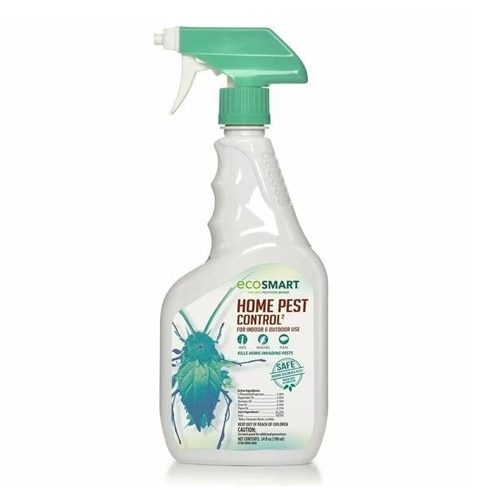Is it possible that our civilization's food future may be closely linked to the fate of a humble insect?
Honeybees have been dying at an alarming rate across the globe for several decades. And as the bees lose their sting, many of America's most important foods may be vulnerable to shortages.
In fact, honeybees pollinate more than 130 agricultural crops, according to the U.S. Department of Agriculture.
"A reduced U.S. honeybee pollination force could result in increased prices of fruits, nuts and vegetables pollinated by bees," says Michelle Flenniken, assistant professor in the Department of Plant Sciences and Plant Pathology at Montana State University in Bozeman.
She adds that the bees also play a key role in pollinating plant species that enhance biodiversity outside agricultural environments. Such plants include the mountain shooting-star, wild geranium and silvery lupine.
What has happened to honeybee populations?
The White House states that the number of honeybee colonies in the United States has steadily declined for decades. The numbers are sobering:
- 1947: 6 million colonies
- 1970: 4 million colonies
- 1990: 3 million colonies
- 2014: 2.5 million colonies
Flenniken says "no single factor" is responsible for the high annual loss of bee colonies.
However, research has shown that colonies affected by colony collapse disorder – in which adult bees suddenly abandon their hives en masse – have a greater prevalence of pathogens, including viruses, than healthy colonies that remain intact.
In addition to pathogens (such as viruses, mites, microsporidia and bacteria), a host of factors have been identified as possibly contributing to honeybee mortality. They include:
- Genetic problems
- Exposure to agrochemicals
- Weather patterns
- Bee management practices
What can you do to help honey bee populations?
There is some good news about honeybee populations. Flenniken notes that the decline has stabilized over the past decade or so.
However, other troubling signs continue to pop up. One recent study found that beekeepers lost 40 percent of their hive colonies in 2014, although they were able recover many of those losses by dividing surviving hives.
The federal government remains concerned about the problem. In May, it announced what it described as an "all hands on deck" strategy to save the honeybees.
Initiatives to save both the honeybee and the monarch butterfly include:
- Making more federal lands friendly to bees
- Funding more research into the issue
- Weighing a reduced use of pesticides
As a consumer, you can take several important steps to help slow or even reverse the honeybee decline.
Flenniken suggest planting bee forage. This includes blooming plants that provide nectar and pollen, such as wild columbine, thyme, phacelia, aster, fireweed, clover, alfalfa and dandelion.
She also urges you to support any initiatives that try to establish conservation areas that provide good bee habitat, and to back efforts that support research into honeybees.
Finally, Flenniken says homeowners and those involved in agriculture can help protect honeybees by reducing the use of pesticides, insecticides and herbicides that may damage the honeybee population.
When these chemicals must be used, it is best to do so late at night, when honeybees are less active. This reduces the bees' exposure to the agrochemicals.




